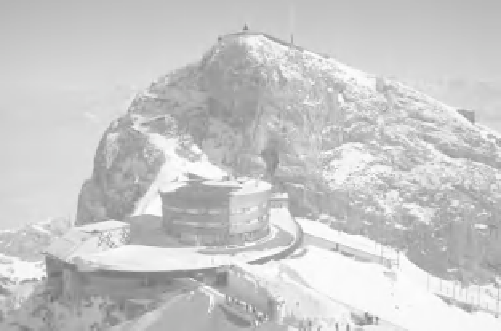Environmental Engineering Reference
In-Depth Information
of the Catalan lowlands, or the Grande Chartreuse in the French Alps north of
Grenoble, situated in a deep gorge covered by woods, behind 'bastions of inacces-
sible rock' (Schama, 1995, p. 414). In the Western (as in the Eastern) geographical
imagination, mountains endured as
loci horridi
at least until the end of the seven-
teenth century and their Romantic appreciation as sublime sceneries (Nicholson,
1997 [1959]). During the Middle Ages, the mountains on the northern shore of
the Mediterranean were said to be infested by brigands, witches and dragons. Un-
til the eighteenth century, stories of encounters with the latter abounded, from the
Catalan Pyrenees to the Swiss Alps. For safety reasons, in the seventeenth century
access to dragon-infested peaks such as Mount Pilatus, a small peak near Lucerne
believed to be the burial site of Pontius Pilate, was often forbidden by local authori-
ties (Figure 7.4a,b). In the early eighteenth century, mountain dragons changed from
being signs of diabolical contamination to become objects of scientific enquiry. No-
tably, Johann Jacob Scheuchzer, a Zurich professor of physics, produced a catalogue
of Alpine specimens. The best ones, he wrote, 'were to be found in the sparsely
(a)
(b)
Figure 7.4
(a) Mount Pilatus, Switzerland (source: Wikimedia). (b) 'Dragon of Mons Pilatus'
by Johann J. Scheuchzer, in
Itinera per Helvetiae Alpines
, 1702-11 (British Library)



